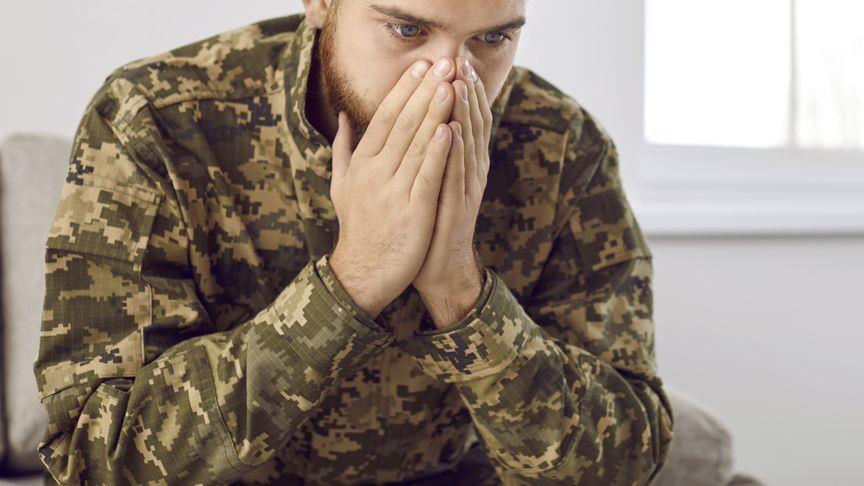The U.S. Army leadership initially requested a change in terminology stating that the word “disorder” is stigmatizing and that removing it would encourage more individuals suffering from symptoms to access care. However, the American Psychiatric Association (APA) board of trustees recently voted on changes to the new edition of the Diagnostic and Statistical Manual of Mental Disorders (DSM). Among the decisions was one to retain the word “disorder” in the term “posttraumatic stress disorder”. Although the APA has issued its ruling, the term “posttraumatic stress” is being used informally by many individuals within the military communities. It is unclear whether informal use of the term will continue, or whether military leaders will continue to advocate future changes to the DSM. The tenth district of the American Legion has a committee, the ‘posttraumatic stress committee”. It refuses to use the term “disorder.”
Unfortunately psychiatrists do not understand the differences are very different in each of the different wars. For example, they state that the systems of PTSD have been documented as far back as the Civil War. Though the name has experienced a few changes, from soldier’s heart, shell shock, battle fatigue, PTSD and now more recently post-traumatic stress, the definition for the condition remains relatively the same.
However, the symptoms and causes very different in the different for each of the wars.
 |
| File Photo |
It is also important to understand how hard it is for veterans to tell anyone what they did. It is also very important to realize that shame and guilt grows stronger the longer someone suffers from them. However, we in Suffolk County were able to stop 11 veterans from committing suicide that were labeled PTSD, but were suffering from Moral Injury.
